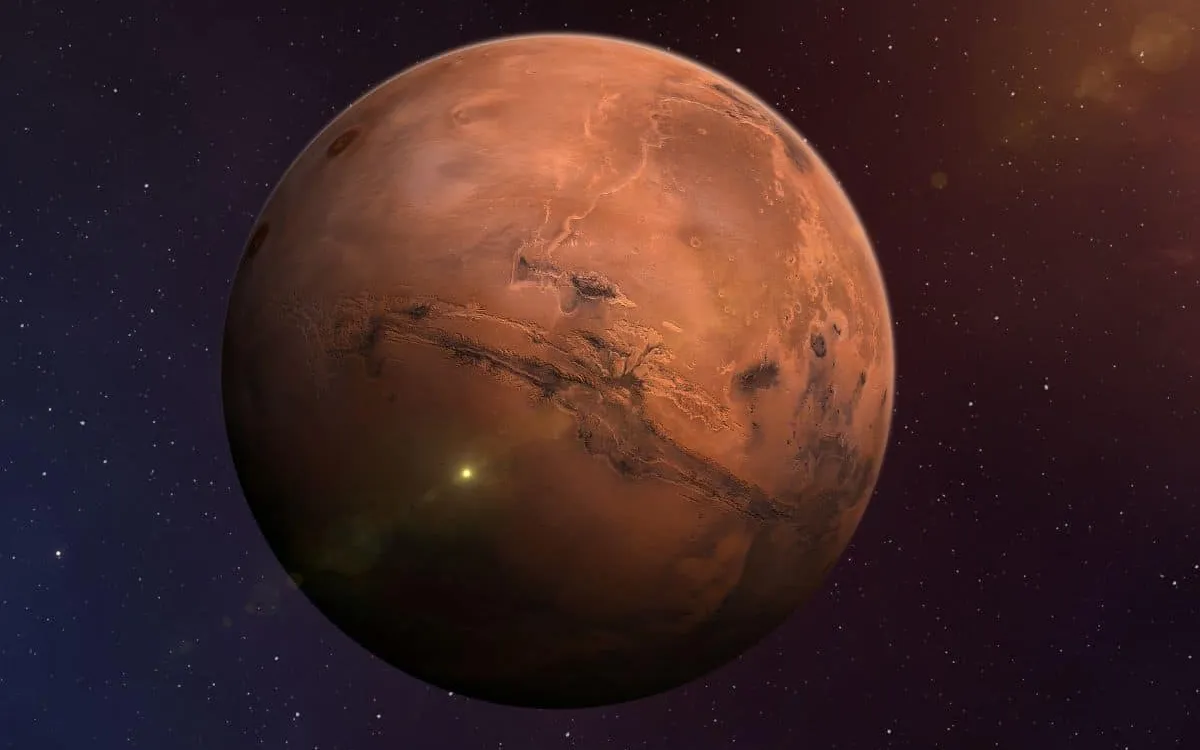
NASA’s Perseverance rover has embarked on a unique journey of exploration on Mars by utilizing an unconventional method—smooshing rocks to uncover secrets hidden beneath the surface. This innovative experiment has yielded valuable insights into serpentine minerals, which may hold essential clues regarding Mars’ ancient water history and its potential for habitability.
Perseverance’s latest breakthrough is attributed to its advanced SHERLOC instrument, a sophisticated tool designed for analyzing minerals and detecting organic compounds on the Martian surface. Scientists have long encountered obstacles in this pursuit due to the planet's extreme ultraviolet radiation and oxidizing atmosphere, which can degrade exposed materials over time. To counteract this challenge, researchers typically opt to analyze fresh rock surfaces; however, accessing these surfaces is not always straightforward.
Traditionally, Perseverance utilizes drilling or abrasion techniques to reach unaltered material within Martian rocks. In this instance, the team adopted a novel approach by physically pressing down on rock fragments to create a more even surface for analysis. This innovative method is a testament to NASA's commitment to discovering the mysteries of Mars.
The experiment commenced when Perseverance drilled into a rock formation known as Green Gardens, distinguished by its high content of serpentine—an important mineral often associated with the presence of water. Following the drilling process, loose tailings were produced, which presented a challenge for SHERLOC’s detailed scans. To address this, NASA engineers implemented a technique that had never been used on Mars before: they employed the rover’s contact sensor, typically designed to detect surface contact during drilling, to compact the tailings into a stable, flat surface suitable for analysis.
Serpentine minerals hold significant importance for Martian exploration as they form through chemical reactions between water and ultramafic rocks—rocks that are high in iron and magnesium. On Earth, these reactions generate hydrogen gas, which can serve as a crucial energy source for microbial life. This raises a compelling question: What do the Green Gardens tailings reveal?
By analyzing the tailings, SHERLOC provided detailed spectral data affirming the presence of serpentine and suggesting past interactions with liquid water. This discovery is significant as it implies that Mars may have once possessed the right chemical conditions to support microbial life, enhancing our understanding of the planet's potential for habitability.
This groundbreaking experiment illustrates how NASA’s adaptive approach to utilizing Perseverance’s instruments maximizes scientific discoveries. The rover’s contact sensor, initially not intended for surface manipulation, proved invaluable in enhancing SHERLOC’s capacity to scan fine rock material. With each unexpected success, engineers glean new insights into how Perseverance’s technology can be repurposed for even more innovative experiments in the future. This mission underscores the importance of creativity in extraterrestrial exploration.
Inspired by the success of this experiment, Perseverance is now journeying westward toward an area known as Witch Hazel Hill. Here, the rover will explore older rock formations that remain untouched. These geological layers could potentially offer further evidence of Mars’ watery past and assist scientists in determining whether the planet was ever truly habitable.